Week 8: March 13, 2023 – March 19, 2023
Blog entry by Damian Xie
Summary of the week: We are back to work on the project after a week of spring break, we have received a lot of feedback from the professors (about our half presentation), and it seems we have a lot of work to do. On Thursday we met with the guests from the Carnegie History Museum and briefed them on our progress so far. We are also finishing up our sound library this week, and have made great progress on the programming side, completing the pipelining between Arduino and Unity, as well as completing the documentation for the interesting curve at the suggestion of our instructor Ruth.
Feedback of Half presentation
We got a lot of feedbacks from our instructor at Monday’s meeting about our half presentation, and there were a lot of positive comments. They really recognized the passion and energy we showed during the presentation, and thought we did the job as we described it.
However, we also received a lot of doubts from our faculty members that our presentation and the finished product we showed were not clear enough and that our c-product at this stage was not a good representation of the tool we wanted to present at the end.
To summarize our problems, we have the following points:
- Make sure to fully explain the project goals.
- Overall goal wasn’t clear.
- Presentation was a little confusing (took a little while to figure out)
- Clarify use rights to the books we are planning to use.
- How to relate the concept art to the tool. (Only one piece of concept art is not enough.)
- Unclear what “beta tool” means.
- Need more than a single demo story to really figure out how to tell an interactive story.
- Hard to get a sense of the feasibility of the tool; be careful about jumping to too many packages and software.
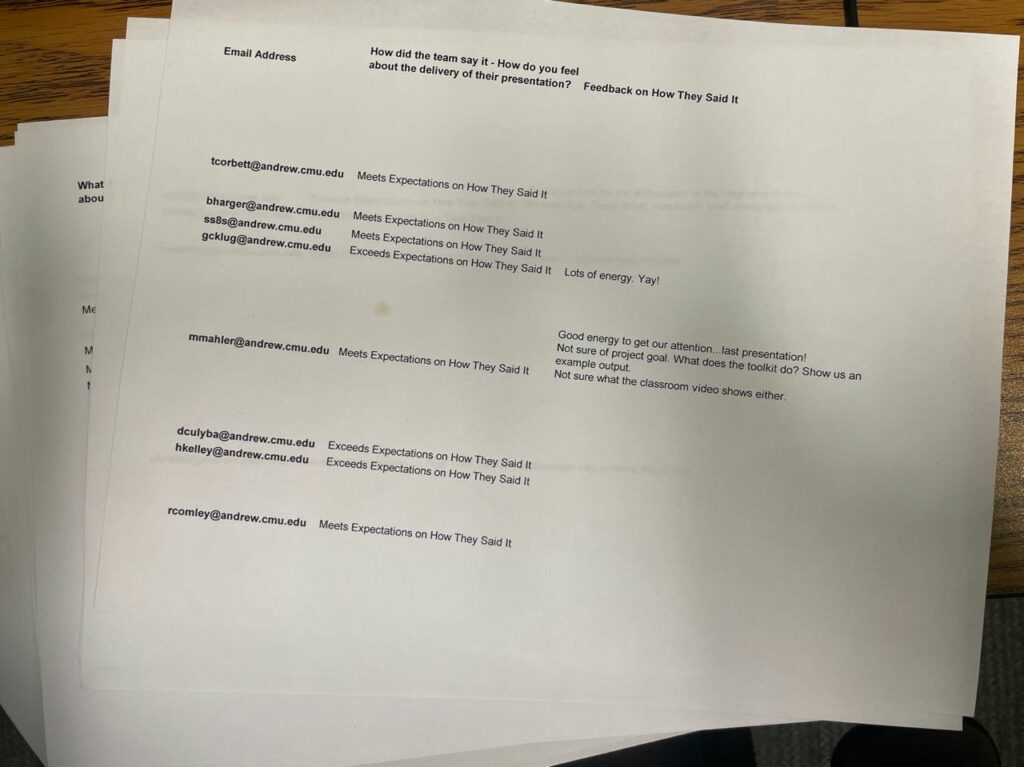
Covid warning
Unfortunately, Felicia tested positive of covid this week. She will be in quarantine for a week, but the others will continue to work hard to move forward as well. Also, this week is her 25th birthday, so let’s wish her a happy birthday!
Guests from Carnegie History Museum
Since we were one of the few museum project teams this semester, we actively invited visitors from the Pittsburgh History Museum to our studio when we learned we would be having them and wanted to get some advice and direction.
After meeting with the guests, we were pleased to learn that they were very excited about the results of our project and the work we were doing at this stage.
In addition, they offered to enjoy the scope of application of our project. They are looking forward to the application of our tool to elementary school and even physical therapy, maybe it is not just a storytelling tool, but maybe it can be a forward-looking educational tool.
Interest curve documentation
After our meeting on Monday, the professor suggested that we write a document on interest curves to help subsequent storytellers or museum staff better understand how they should use our tools to complete interactions.
We think this is a very effective suggestion, and by studying the changes in children’s interest curves when listening to stories also tells us a good deal about ourselves and where we should strengthen the use and design of our tools.
Interest Curves & Interactive Storytelling – Google Docs
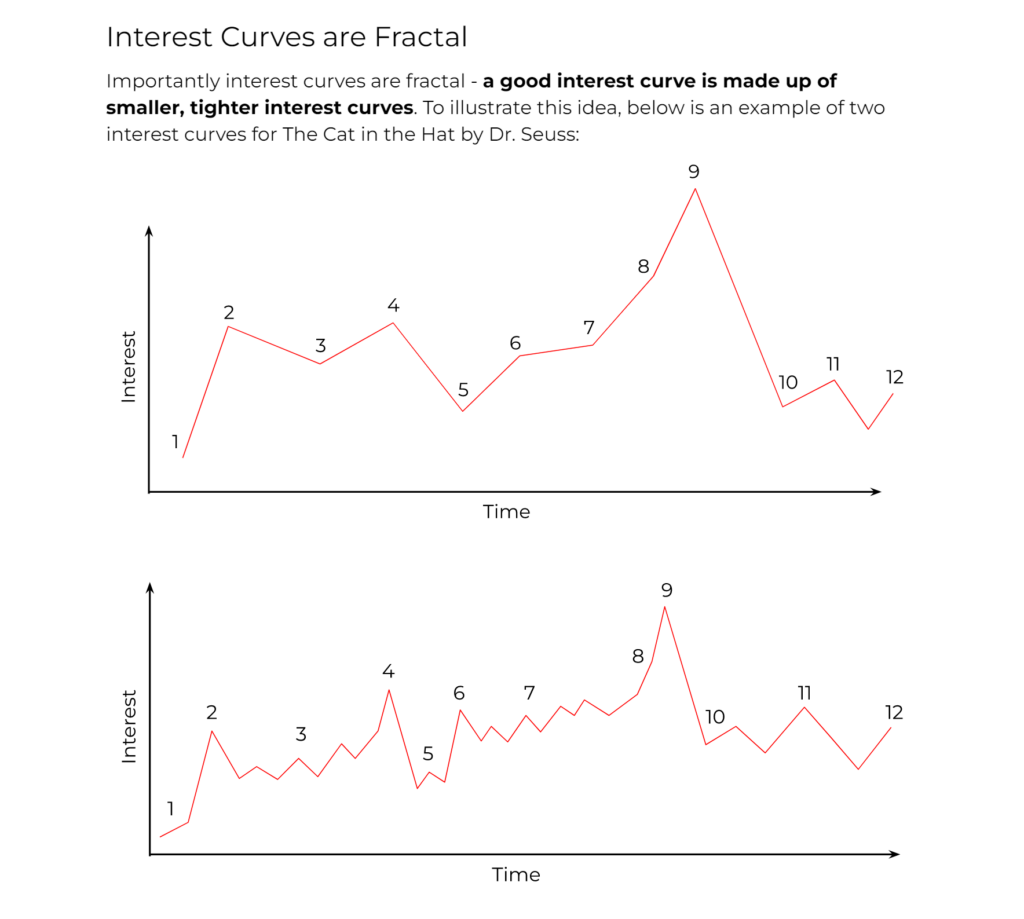
After completing our analysis of the interest curve, we have the following conclusions:
For interactive storytelling, the interest curve theory should be used to inform when to include an interactive moment and what types of interactions to use. Interactions should vary in intensity, so the audience does not become exhausted or bored.
When designing time between interactive moments, assume two to three minutes of attention for each year of age; this means that there should never be more than 4 or 5 minutes between key interactions when hosting young children.
Sound library process
Lauren has finished organizing this week’s sound library, we have organized the existing realistic sound content and will continue to organize the cartoon sound section.
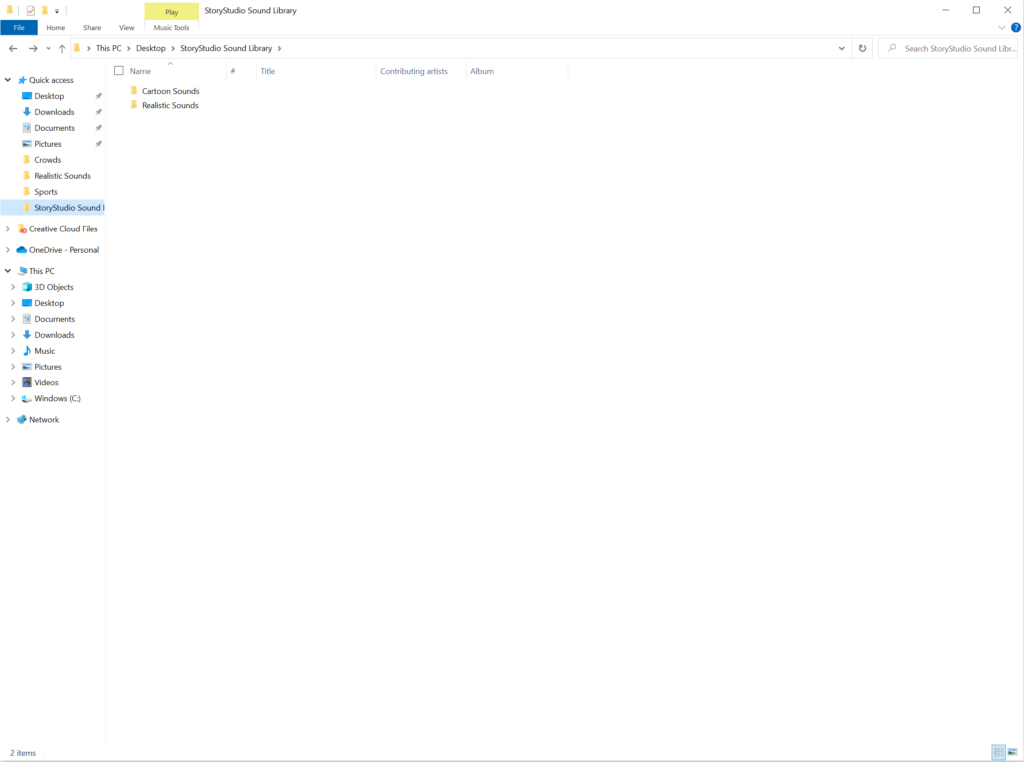
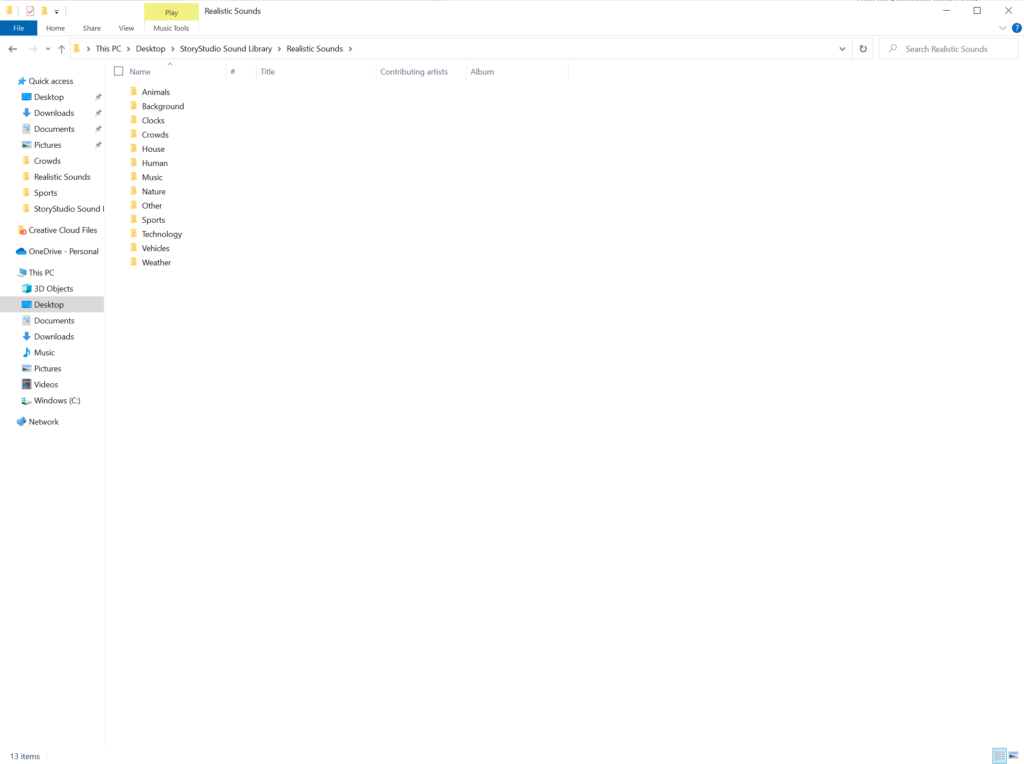
programming process
Before this week we implemented Arduino’s pipeline flow and unity engine’s internal pipeline flow separately, making our general testing of both separately, which greatly affects the overall flow testing effect of our tool, as we have never tested the complete flow from beginning to end.
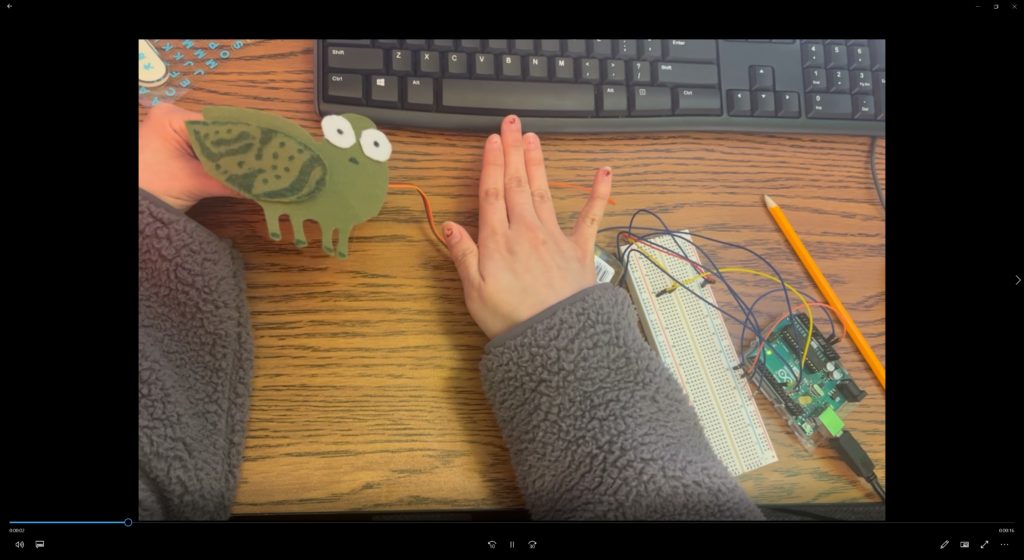
So, this week we focused on completing the overall pipeline, connecting the Arduino and Unity pipelines together so that the variables we output in Unity can be directly imported into the Arduino to complete the triggering, so we can get actual physical feedback.
Work schedule for next week
Next week’s schedule will be a little tricky, as Damian, Lori, and Yanyan will all be attending an off-campus conference (GDC), and our prototyping team members will be staying behind to stick with the project, so we’ll be focusing more on our Arduino design next week, so look forward to our new results!
The above is the work completed this week, as the first week after spring break we all still have a lot of adjustments to make, we will work harder to advance the existing overall process, because there is not much time left before our soft opnening!